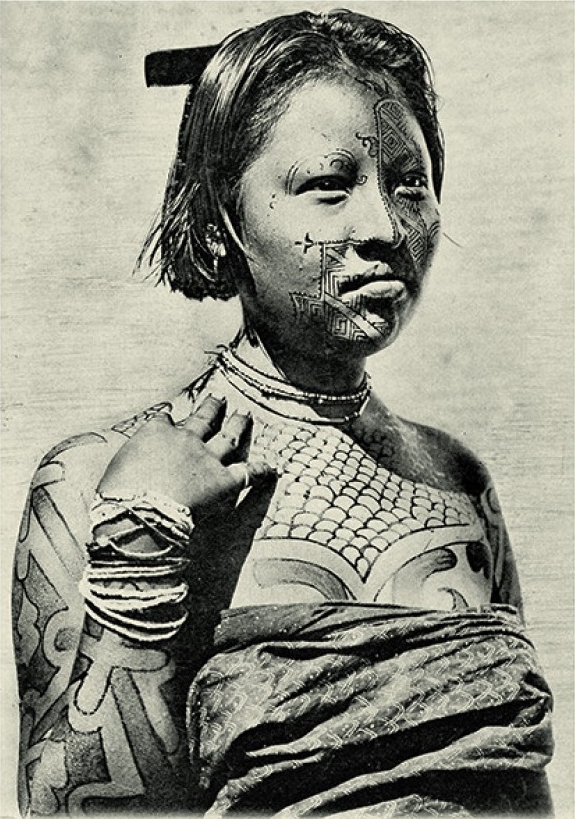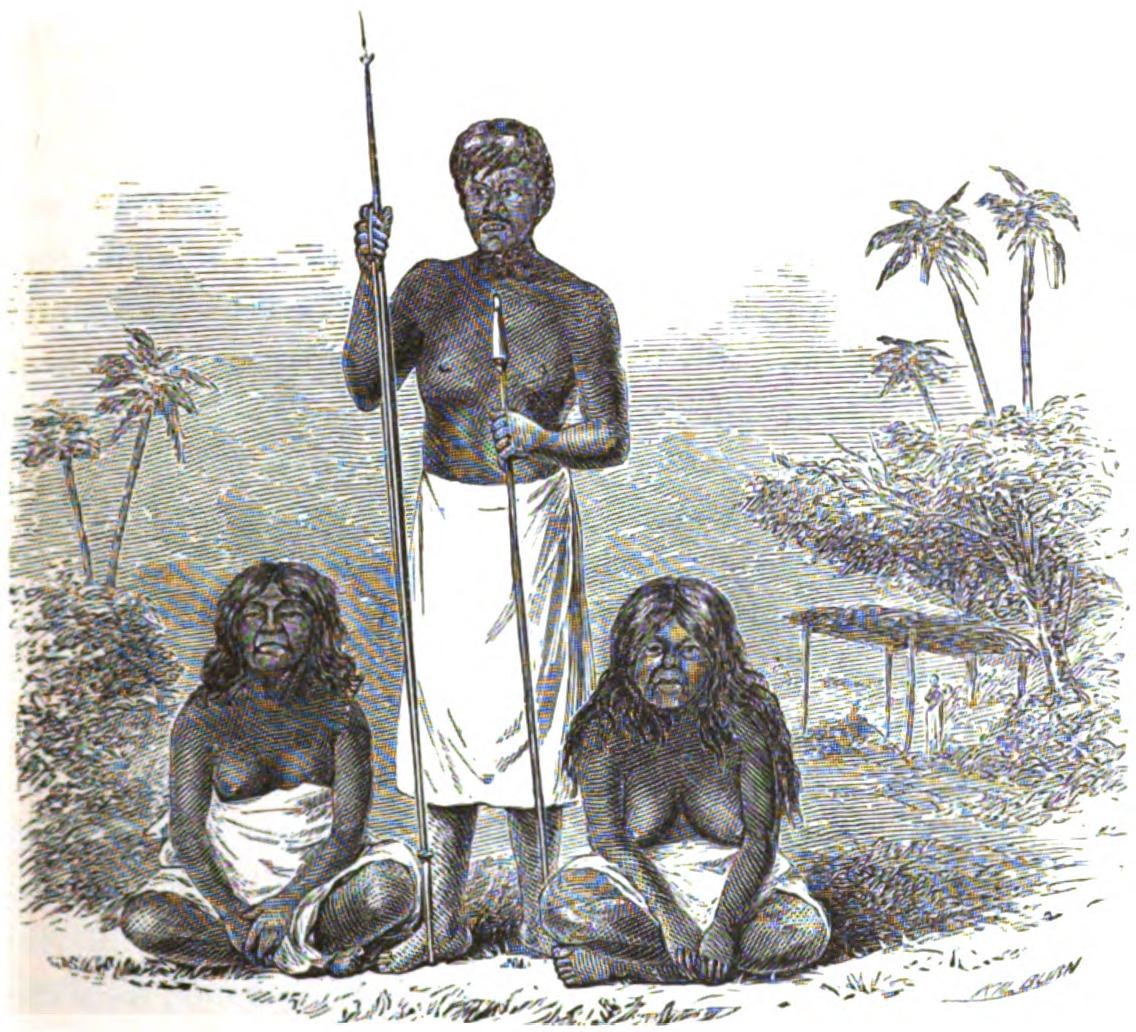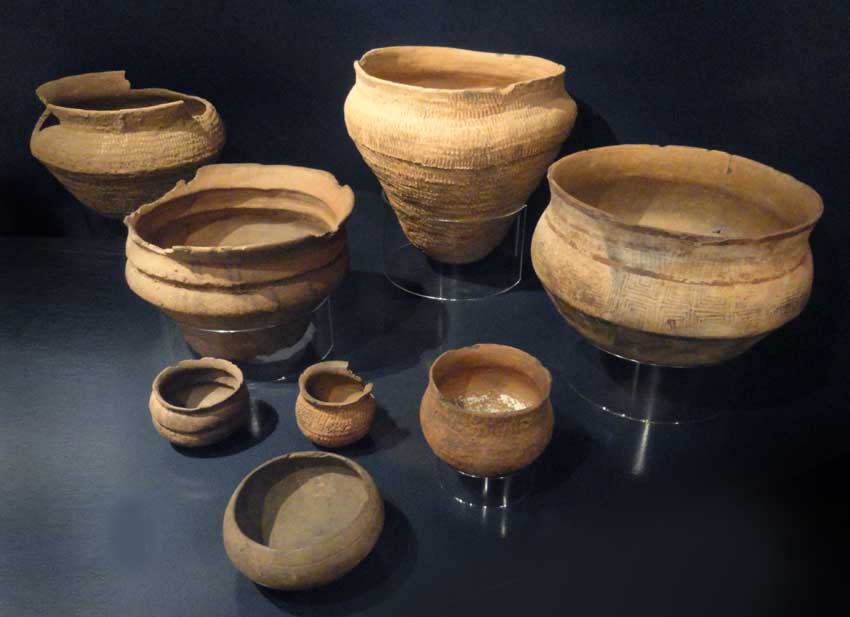|
Mbayá
The Mbayá or ''Mbyá'' are an indigenous people of South America which formerly ranged on both sides of the Paraguay River, on the north and northwestern Paraguay frontier, eastern Bolivia, and in the adjacent province of Mato Grosso do Sul, Brazil. They have also been called Caduveo. In the 16th century the Mbayá were called Guaycuru, a name later used generically for all the nomadic and semi-nomadic indigenous peoples of the Gran Chaco. The Kadiwéu people of Brazil are the surviving branch of the Mbayá."Kadiwéu: Introduction." ''Povos Indígenos no Brasil.'' (retrieved 3 Dec 2011) The Mbayá called themselves the ''Eyiguayegis'' 'people of the palm', a reference to the abundant in their home ... [...More Info...] [...Related Items...] OR: [Wikipedia] [Google] [Baidu] |
Chané
Chané is the collective name for the southernmost Arawakan-speaking peoples. They lived in the plains of the northern Gran Chaco and in the foothills of the Andes in Paraguay, Brazil, Bolivia, and Argentina. The historical Chané are divided into two principal groups. The Chané proper who lived in eastern Bolivia and the Guaná who lived in Paraguay and adjacent Brazil. Twenty-first century survivors of the Chané are the Izoceno people of Bolivia and 3,034 descendants reported in Argentina by the 2010 census. Survivors of the Guaná are the Tereno and the Kinikinao both of Mato Grosso do Sul province in Brazil. Most of the historical Chané were subjects of and absorbed by the Eastern Bolivian Guarani, commonly called Chiriguanos, while the Guaná were subjects of the Mbayá, a Guaycuruan speaking people. History The Chané, together with other Arawak groups, are believed to have originated in northeastern South America, but to have spread southward about 2,500 years ago. ... [...More Info...] [...Related Items...] OR: [Wikipedia] [Google] [Baidu] |
Guaycuruan
Guaicuruan (Guaykuruan, Waikurúan, Guaycuruano, Guaikurú, Guaicuru, Guaycuruana) is a language family spoken in northern Argentina, western Paraguay, and Brazil ( Mato Grosso do Sul). The speakers of the languages are often collectively called the Guaycuru peoples. For the most part, the Guaycuruans lived in the Gran Chaco and were nomadic and warlike, until finally subdued by the various countries of the region in the 19th century. Genetic relations Jorge A. Suárez includes Guaicuruan with Charruan in a hypothetical ''Waikuru-Charrúa'' stock. Morris Swadesh includes Guaicuruan along with Matacoan, Charruan, and Mascoian within his '' Macro-Mapuche'' stock. Both proposals appear to be obsolete. Family division There is a clear binary split between Northern Guaicuruan (Kadiwéu) and Southern Guaicuruan according to Nikulin (2019).Nikulin, Andrey V. 2019. The classification of the languages of the South American Lowlands: State-of-the-art and challenges / Класси� ... [...More Info...] [...Related Items...] OR: [Wikipedia] [Google] [Baidu] |
Itatín
Itatín ( pt, Itatim) was a 17th century region, corresponding to the western half of the 21st century Brazilian state of Mato Grosso do Sul. The indigenous people (''Indians'' or ''Indios'') inhabiting the region gave their name to Itatín. The Itatínes were related to the Guaraní who lived to their south in Paraguay. In 1631, the Jesuit Order of the Roman Catholic church began founding missions in Itatín but the missions failed in 1648 because of slave raids by the Bandeirantes of Brazil and revolts against the Jesuits. Considered part of colonial Paraguay, Itatín was ceded to Brazil in 1750 by the Treaty of Madrid. The name has fallen out of use. Geography The Itatín region is roughly from north to south and the same distance from east to west. It is bordered by the Paraguay River on the west, the Maracaju Mountains on the east, the vast Pantanal wetland to the north, and the Apa River on the south. The climate is tropical and the vegetation ranges from tropical rain for ... [...More Info...] [...Related Items...] OR: [Wikipedia] [Google] [Baidu] |
Guaycuru Peoples
Guaycuru or Guaykuru is a generic term for several ethnic groups Indigenous peoples of the Americas, indigenous to the Gran Chaco region of South America, speaking related Guaicuruan languages. In the 16th century, the time of first contact with Spanish Empire, Spanish explorers and colonists, the Guaycuru people lived in the present-day countries of Argentina (north of Santa Fe Province), Paraguay, Bolivia, and Brazil (south of Corumbá). The name is written ''guaycurú'' or ''guaicurú'' in Spanish language, Spanish (plural ''guaycurúes'' or ''guaicurúes''), and ''guaicuru'' in Portuguese language, Portuguese (plural ''guaicurus''). It was originally an offensive epithet given to the Mbayá people, Mbayá people of Paraguay by the Guarani people, Guarani, meaning "savage" or "barbarian", which later was extended to the whole group. It has also been used in the past to include other peoples of the Chaco region, but is now restricted to those speaking a Guaicuruan language. ... [...More Info...] [...Related Items...] OR: [Wikipedia] [Google] [Baidu] |
Kadiwéu People
The Kadiwéu are an indigenous people of Brazil. In 1998, they lived in four villages, with some families living independently in the jungle."Kadiweu." ''Countries and Their Cultures.'' (retrieved 3 Dec 2011)Fabre, Alain (2006). ''Los guaykurú'', Part 3 of ''Los pueblos del Gran Chaco y sus lenguas''. Suplemento Antropológico, volume 41 issue 2, pp. 7–132. Asunción, Paraguay Online version updated 2009-07-30, accessed on 2010-08-20. They are known for their horse riding skills."Kadiwéu: Introduction." ''Povos Indígeno ... [...More Info...] [...Related Items...] OR: [Wikipedia] [Google] [Baidu] |
Payaguá
The Payaguá people, also called Evueví and Evebe, were an ethnic group of the Guaycuru peoples in the Northern Chaco of Paraguay. The Payaguá were a river tribe, living, hunting, fishing, and raiding on the Paraguay River. The name ''Payaguá'' was given to them by the Guaraní, their enemies whom they constantly fought. It is possible that the name of the Paraguay River, and thus the country Paraguay itself, comes from this; the Guaraní told the Spanish that the river was the "Payaguá-ý", or "river of Payaguás." The name they called themselves was probably Evueví, "people of the river" or "water people." The Payaguá were also known to early Spanish explorers as "Agaces" and spelling variations of that name. The Payagua language is extinct; they spoke a Guaycuruan language. No people remain who identify as Payaguá; the descendants of the tribe merged with other Paraguayans, either as mestizos or with other peoples, commonly called Indians. The Payaguá were not ... [...More Info...] [...Related Items...] OR: [Wikipedia] [Google] [Baidu] |
Guaraní People
Guarani are a group of culturally-related indigenous peoples of South America. They are distinguished from the related Tupi people, Tupi by their use of the Guarani language. The traditional range of the Guarani people is in present-day Paraguay between the Paraná River and lower Paraguay River, the Misiones Province, Misiones Province of Argentina, southern Brazil once as far east as Rio de Janeiro, and parts of Uruguay and Bolivia. Although their demographic dominance of the region has been reduced by European colonization of the Americas, European colonisation and the commensurate rise of mestizos, there are contemporary Guarani populations in these areas. Most notably, the Guarani language, still widely spoken across traditional Guarani homelands, is one of the two official languages in Paraguay, the other one being Spanish language, Spanish. The language was once looked down upon by the upper and middle classes, but it is now often regarded with pride and serves as a symbol o ... [...More Info...] [...Related Items...] OR: [Wikipedia] [Google] [Baidu] |
Gran Chaco
The Gran Chaco or Dry Chaco is a sparsely populated, hot and semiarid lowland natural region of the Río de la Plata basin, divided among eastern Bolivia, western Paraguay, northern Argentina, and a portion of the Brazilian states of Mato Grosso and Mato Grosso do Sul, where it is connected with the Pantanal region. This land is sometimes called the Chaco Plain. Toponymy The name Chaco comes from a word in Quechua, an indigenous language from the Andes and highlands of South America. The Quechua word ''chaqu'' meaning "hunting land" comes probably from the rich variety of animal life present throughout the entire region. Geography The Gran Chaco is about 647,500 km² (250,000 sq mi) in size, though estimates differ. It is located west of the Paraguay River and east of the Andes, and is mostly an alluvial sedimentary plain shared among Paraguay, Bolivia, and Argentina. It stretches from about 17 to 33°S latitude and between 65 and 60°W longitude, though estimate ... [...More Info...] [...Related Items...] OR: [Wikipedia] [Google] [Baidu] |
Campo Grande, Brazil
Campo Grande (, ) is the capital and largest city of the Brazilian state of Mato Grosso do Sul in the Center-West region of the country. The city is nicknamed ''Cidade Morena'' ("Swarthy City" in Portuguese) because of the reddish-brown colour of the region's soil. It has a population of 906,092, according to a 2020 IBGE estimate,. The region where the city is located was in the past a waypoint for travellers who wanted to go from São Paulo or Minas Gerais to northern Mato Grosso by land. In the early 1900s a railway was completed connecting Campo Grande to Corumbá, on the Bolivian border, and to Bauru, São Paulo. Also in the beginning of the 20th century, the Western Brazilian Army Headquarters was established in Campo Grande, making it an important military center. With a population growth from 140,000 people in 1970 to 750,000 people in 2008, Campo Grande is the third largest urban center of the Center-West region, and the 23rd largest city in the country. In 1977, the Sta ... [...More Info...] [...Related Items...] OR: [Wikipedia] [Google] [Baidu] |
Debret - Carga De Cavalaria Guaicuru
Jean-Baptiste Debret (; 18 April 1768 – 28 June 1848) was a French painter, who produced many valuable lithographs depicting the people of Brazil. Debret won the second prize at the 1798 Salon des Beaux Arts. Biography Debret studied at the French Academy of Fine Arts, a pupil of the great Jacques-Louis David (1748–1825) to whom he was related. He accompanied David to Rome in the 1780s. His debut was at the Salon des Beaux Arts of 1798, where he got the second prize. He travelled to Brazil in March 1816 as a member of the so-called French Artistic Mission, a group of bonapartist French artists and artisans bound to creating an arts and crafts lyceum in Rio de Janeiro (Escola Real de Artes e Ofícios) under the auspices of King D. João VI and the Count of Barca. The lyceum later became the Academia Imperial de Belas Artes (Imperial Academy of Fine Arts) under Emperor Dom Pedro I. As a painter favored first by the Portuguese court in exile and later by the imperial co ... [...More Info...] [...Related Items...] OR: [Wikipedia] [Google] [Baidu] |
Plains Indians
Plains Indians or Indigenous peoples of the Great Plains and Canadian Prairies are the Native American tribes and First Nation band governments who have historically lived on the Interior Plains (the Great Plains and Canadian Prairies) of North America. While hunting-farming cultures have lived on the Great Plains for centuries prior to European contact, the region is known for the horse cultures that flourished from the 17th century through the late 19th century. Their historic nomadism and armed resistance to domination by the government and military forces of Canada and the United States have made the Plains Indian culture groups an archetype in literature and art for Native Americans everywhere. The Plains tribes are usually divided into two broad classifications which overlap to some degree. The first group became a fully nomadic horse culture during the 18th and 19th centuries, following the vast herds of American bison, although some tribes occasionally engaged in ag ... [...More Info...] [...Related Items...] OR: [Wikipedia] [Google] [Baidu] |
North America
North America is a continent in the Northern Hemisphere and almost entirely within the Western Hemisphere. It is bordered to the north by the Arctic Ocean, to the east by the Atlantic Ocean, to the southeast by South America and the Caribbean Sea, and to the west and south by the Pacific Ocean. Because it is on the North American Plate, North American Tectonic Plate, Greenland is included as a part of North America geographically. North America covers an area of about , about 16.5% of Earth's land area and about 4.8% of its total surface. North America is the third-largest continent by area, following Asia and Africa, and the list of continents and continental subregions by population, fourth by population after Asia, Africa, and Europe. In 2013, its population was estimated at nearly 579 million people in List of sovereign states and dependent territories in North America, 23 independent states, or about 7.5% of the world's population. In Americas (terminology)#Human ge ... [...More Info...] [...Related Items...] OR: [Wikipedia] [Google] [Baidu] |










.jpg)